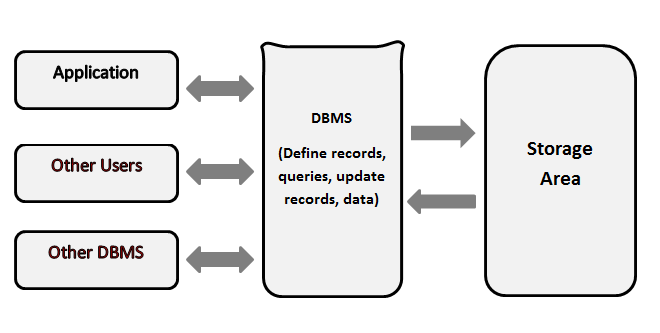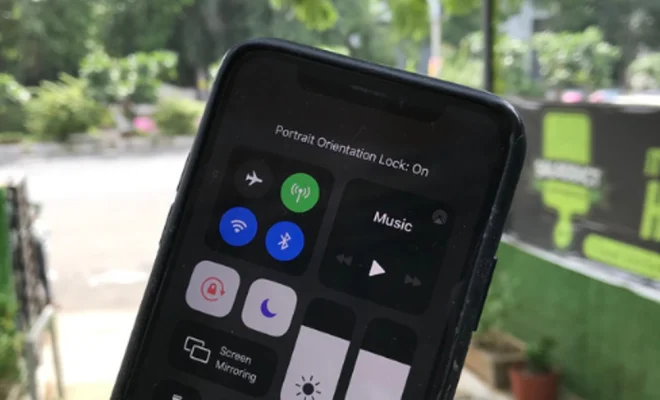Adapting Science Lessons For Distance Learning

Distance learning has supplanted the traditional classroom setting as the educational norm over the last few years. It is likely to continue to be an integral part of the upcoming academic year.
Before Zoom meetings and Google classrooms became the educational standard, teachers could connect with their students on a far more personal level, identifying areas of weakness and determining the levels of understanding among their learners on the fly.
These elements of traditional classroom environments are essential for more challenging subjects, such as advanced mathematics or science. Without the benefit of physical interaction, how can teachers maintain a learning environment that remains engaging despite the constraints we have all had to become accustomed to this past year?
Fortunately, many educators have asked themselves this very question and have produced several viable solutions that others should consider applying in their own work. It is natural to doubt your educational abilities – hopefully, the ideas we present here will reassure you of your skills.
Present Scientific Phenomena
The coverage of scientific phenomena drives both educators and their students to learn more about the wonders of the physical world. Our science classes are typically framed around a mystery of some sort, one which learners are usually able to unravel through the application of novel knowledge and general, transferable problem-solving skills.
In a typical classroom environment, a teacher might present their students with a question (for example, “Will six ice cubes make a glass cooler than three ice cubes?”) and then provide the necessary tools to answer it. This is a tried and tested method of engaging learners with scientific phenomena, but it does not translate perfectly to distance learning.
Luckily, there are plenty of scientific phenomena to explore, some of which only require a handful of rudimentary materials to demonstrate. Therefore, educators will be required to task their students with performing basic yet informative experiments. Video tutorials can be used as a viable supplement, and there are plenty to be found online if you are not up to the task of making some yourself.
The goal is to find experiments whose scientific value is immutable in their simplicity. This way, the authentic classroom experience will still be able to translate to a virtual format.
Never close the door on discussion, either. Zoom meetings can be a powerful tool for engaging with learners and allowing them to express their own ideas and understanding.
Further Scientific Discussion
Science is as much a theoretical field as it is a practical one. Science in classrooms is meant to provide explanations, critiques, and ideas about the scientific phenomena you cover. Unfortunately, there is now considerable distance between teachers and students, but educators must still allow learners to express their understanding of the work provided.
Concluding Thoughts
Despite the constraints now imposed upon educators, there are still many ways to engage science students with their work. Of course, this is an expansive topic, and new ideas and theories are being posited every day by like-minded people. To stay up to date with it all, we recommend signing up for a free Pedagogue account – we guarantee you will not regret it.






